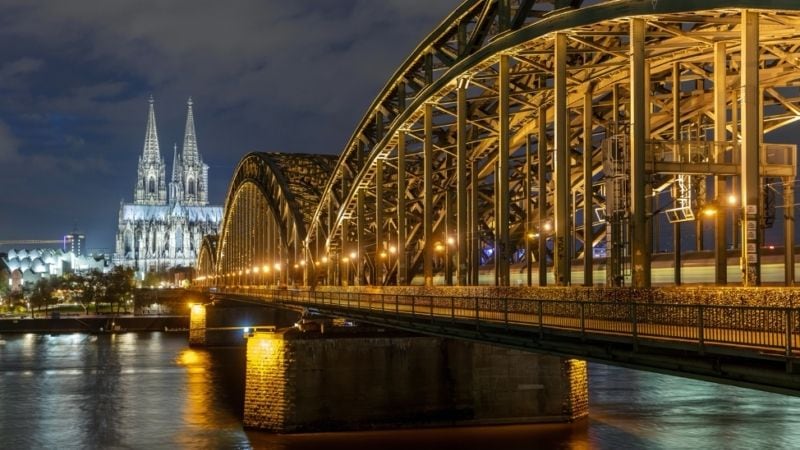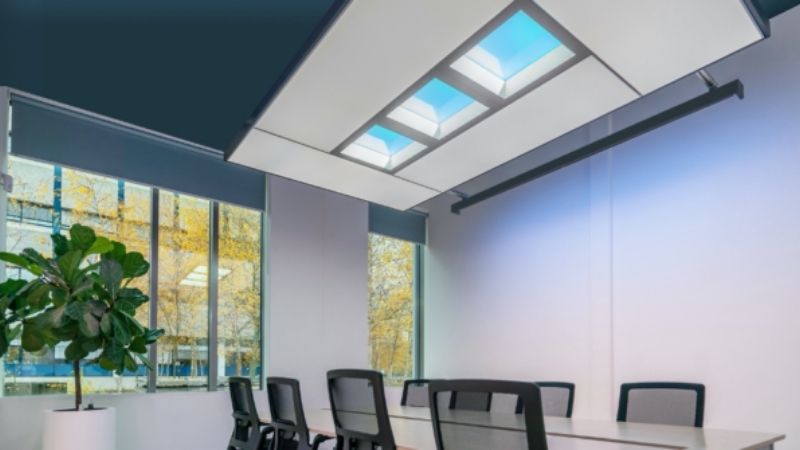November 18, 2020
Switching to LEDs can save Europe money and cut emissions, while digital controls create a more connected world
Adopting smart lighting technologies must be at the center of upcoming recovery and resilience plans submitted by EU member states.
Total financial support between the long term 2021-2027 budget and NextGenerationEU, an emergency temporary recovery instrument aimed to repair the economic and social impacts of the coronavirus pandemic, is said to be over €1.8 trillion.
But there’s a concern that the unprecedented sum of funding may cause panic, leading to rushed plans that neglect climate-friendly goals. Lighting can help achieve those goals.
Not only is it essential for daily tasks but, as we develop smarter technologies, lighting allows for a more connected world.
The more buildings that use connected lighting the faster we can reap the benefits of digitalizing the built environment. And this – connectivity and modernization – is at the centre of the Commission’s seven points of focus for recovery and resilience.

Smart poles, like Brightsites from Signify can double as IT service nodes, housing 4G/5G and WiFi, which councils can hire out to telecommunications companies. All streetlights in the system can be equipped with security cameras, microphones and sensors, which can help detect crime or accidents and automatically alert the emergency services.
Through increasing or decreasing brightness depending on detected footfall, smart street lighting can help residents feel safer and encourage locals to be out and about in the evening.
Moving inside the built environment, adopting smart lighting leads to greater productivity in the workplace and a more comfortable home.
Signify installed a lighting system for the Czech Republic headquarters of energy company Innogy, tuned to support the circadian rhythm of 550 staff members.
Through a combination of changing colour temperature and intensity, the renovation aims to stimulate energy levels and support a sense of wellbeing – and has even been likened to the effects of a strong cup of coffee!
Keeping employees comfortable and healthy in an office is critical. Using sensors integrated in connected lighting enables businesses to monitor their office environment and optimize conditions for employee health and wellbeing.
NatureConnect, meanwhile, resembles an artificial skylight. First implemented in Skanska’s offices in Warsaw, this innovation mimics the rhythm of daylight and creates the perception of space beyond the ceiling. Extra effects can simulate nature, like shadows cast from palm fronds in a gentle breeze.
“Research shows that quality lighting significantly impacts how we feel and how effective we are,” said Katarzyna Zawodna-Bijoch, President and CEO at Skanska’s commercial development business in Central Eastern Europe. She added, “Many companies are shifting their approach and realize that investing in employee health and wellbeing is paying off.”
Within the home, lighting is equally as important with products like Philips Hue, a range of smart lights that can be finely controlled to provide a warm ambience, transforming the atmosphere in a home or enhancing a particular mood.

But beyond all of these benefits, lighting can help us be greener and achieve carbon neutrality. For those member states exploring the potential of light, we can take real world examples.
Signify estimates that a switch to LEDs can save Europe up to €40 billion and decrease carbon emission by about 100 million tonnes per year.
In Spain, for example, the central city of Guadalajara, alone, has achieved a 69% increase in energy savings, connecting its LED luminaires to Interact City Lighting asset management software – this has reduced emissions equivalent to over 100,000 trees.
Now the city has futureproofed its existing lighting infrastructure with new IoT software.
And according to IEA Executive Director Fatih Birol, energy efficiency is a “job machine” that creates “jobs, jobs, jobs.”
More so than other technologies working towards more efficient energy systems, like HVAC, insulation or building management, smart lighting is relatively easy and speedy to implement. And on its most basic level is as quick and simple as changing a light bulb.
Of course, to bring real benefits and recover from the impacts of COVID-19, it’s far more complicated than that, but installing smart lighting is a start.
Fatih Birol
We need to unlock the potential of all energy efficiency technologies for the built environment, but lighting, because of its high potential savings, ease of implementation, and digital nature, can pave the way.
When the lighting transition is done faster, it paves the way for further integration of digital technologies.
Lighting is no longer the low hanging fruit in the fight against climate change. Rather, it is the fruit laying by the tree on the ground – we just need to pick it up.
Signify (Euronext: LIGHT) is the world leader in lighting for professionals, consumers and the Internet of Things. Our Philips products, Interact systems and data-enabled services, deliver business value and transform life in homes, buildings and public spaces. In 2023, we had sales of EUR 6.7 billion, approximately 32,000 employees and a presence in over 70 countries. We unlock the extraordinary potential of light for brighter lives and a better world. We have been in the Dow Jones Sustainability World Index since our IPO for seven consecutive years and have achieved the EcoVadis Platinum rating for four consecutive years, placing Signify in the top one percent of companies assessed. News from Signify can be found in the Newsroom, on X, LinkedIn and Instagram. Information for investors is located on the Investor Relations page.
